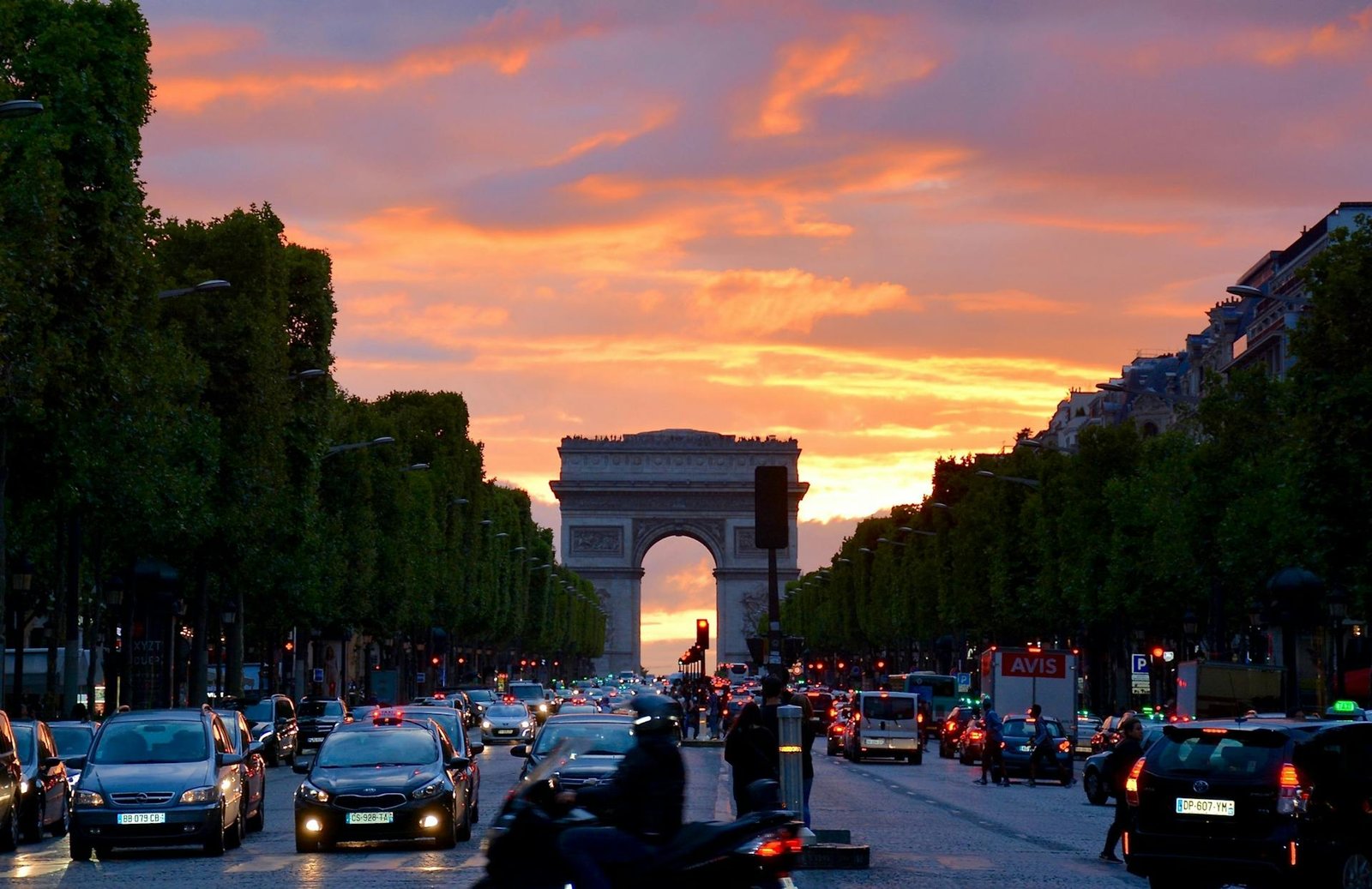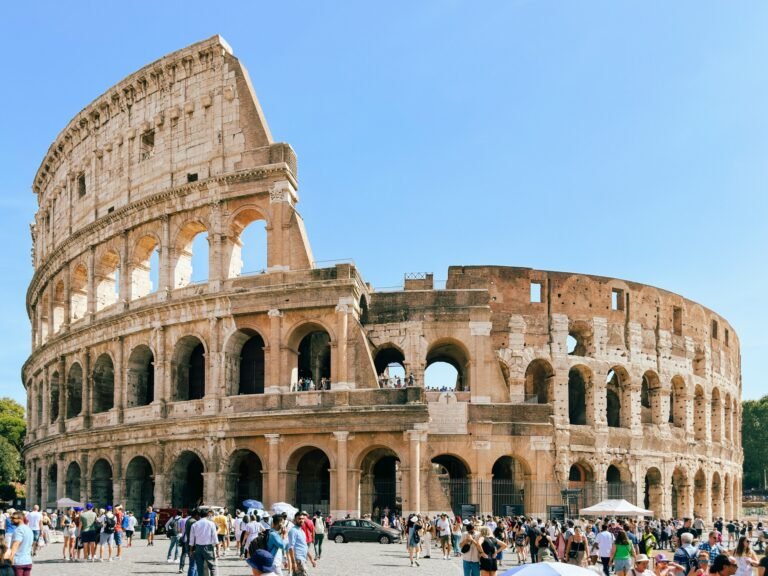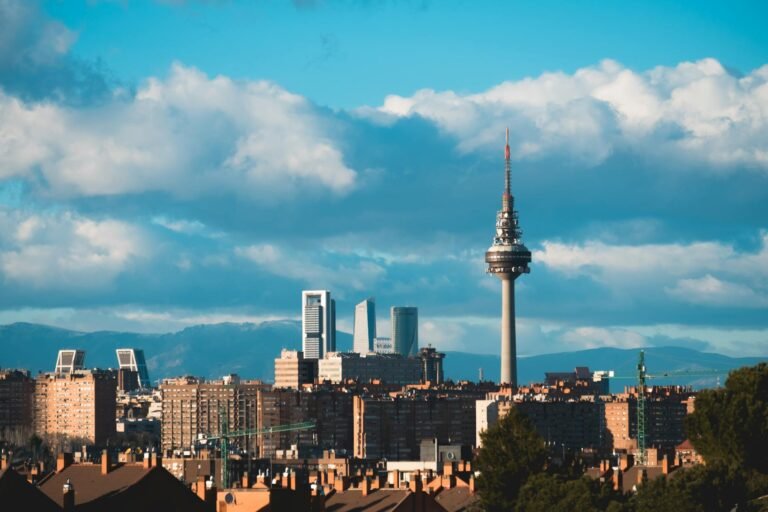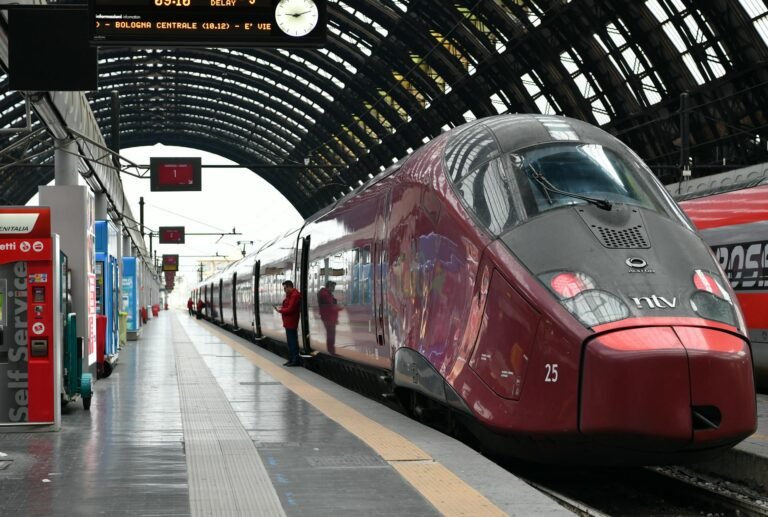Europe, that sprawling mosaic of history and culture, has always had this magnetic pull—like a whisper inviting you to wander through its cobblestone streets or lose yourself in countless cafés. The sheer variety is dizzying: from sun-dappled Mediterranean coastlines to the frost-kissed peaks of the Alps, and from bustling capitals rich with art to tiny villages where time seems to hit pause. It’s hard not to feel overwhelmed, honestly. Where does one even begin?
Of course, by “best places,” it depends on what you’re after. Classic sights like Paris’s Eiffel Tower or Rome’s Colosseum often steal the show, but they’re just the tip of the iceberg. Some hidden gems have this irresistible charm that’s less about landmark status and more about the feeling they evoke. Perhaps that’s why Europe keeps reinventing itself on every trip you take. You can chase the grandeur of Venice’s canals one year, then find solace in the rugged Scottish Highlands the next.
This guide isn’t just a checklist; it’s about savoring the layers beneath each destination. Expect a mix of well-trod favorites and offbeat spots that might surprise you, because—let’s be honest—the “best” place is as much about what you find there as about the place itself.
Why Europe Remains the Ultimate Travel Playground
Before we dive into the meat and potatoes (or should I say, pasta and paella?) of this guide, let’s address the elephant in the room. Yes, Europe can be expensive. Yes, it can be crowded. And yes, sometimes you’ll find yourself paying €6 for a mediocre coffee while standing next to someone taking their 47th selfie at the Trevi Fountain.
But here’s the thing—nowhere else on Earth can you have breakfast in Paris, lunch in Brussels, and dinner in Amsterdam, all while traveling by train and reading a book. The sheer diversity packed into this relatively small continent is frankly ridiculous.
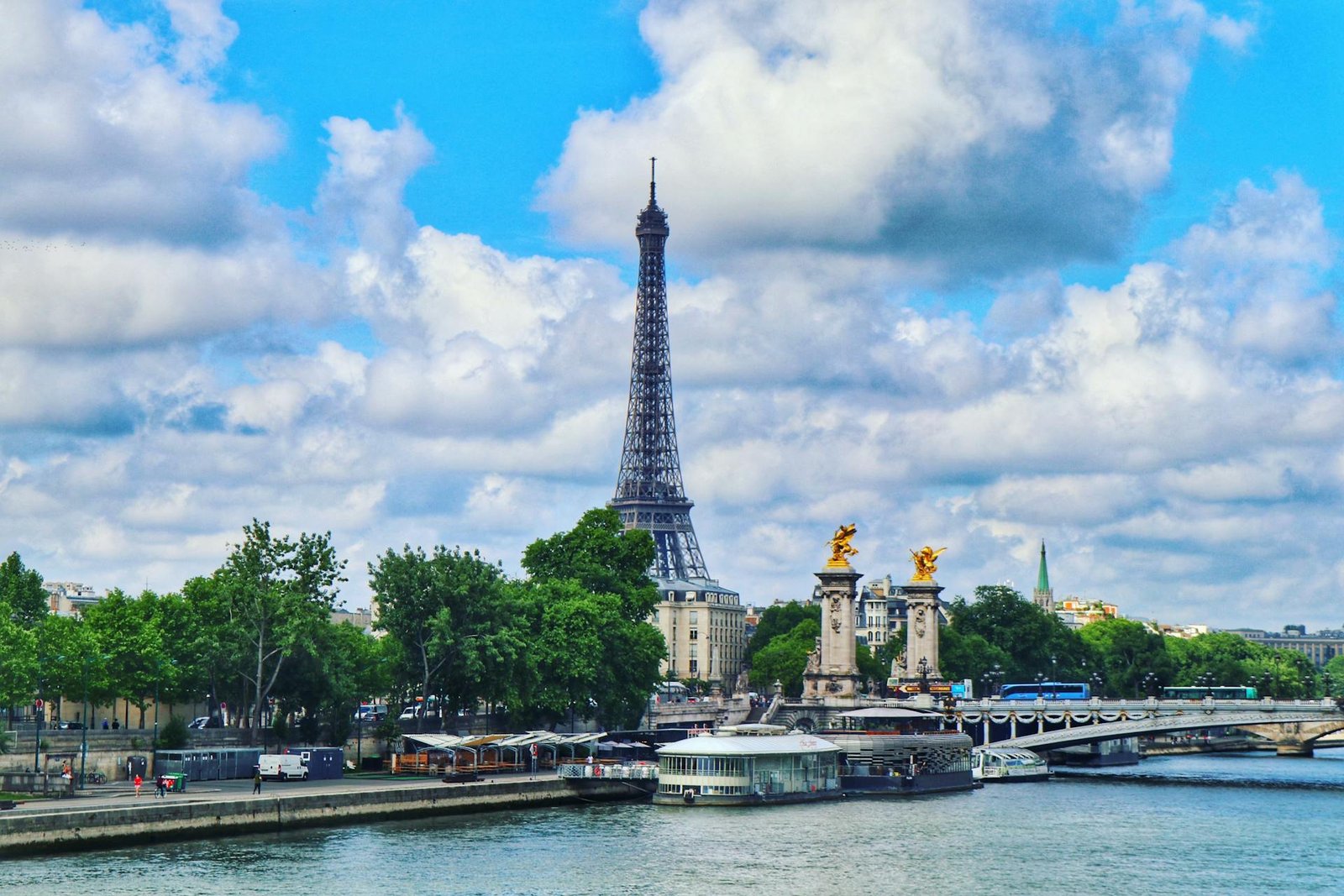
I remember my first proper European adventure back in 2015. I had this ambitious three-week itinerary that would have impressed even Rick Steves. By day four, I was completely overwhelmed and slightly hungover in Budapest, questioning every life choice that led me to pack seven cities into 21 days. That’s when I learned my first major Europe lesson: less is absolutely more.
The Heavy Hitters: Europe’s Must-Visit Destinations
Paris, France: More Than Just Instagram Fodder
Let’s start with the obvious one, shall we? Paris gets a lot of flak for being touristy, overpriced, and—according to some particularly grumpy travelers—overrated. These people are wrong, but I understand their frustration.
The trick with Paris isn’t avoiding the touristy bits (because honestly, they’re touristy for good reason). The trick is timing and expectation management. Visit the Eiffel Tower, but do it at 6 AM when the light is golden and the crowds are nonexistent. Eat at that little bistro everyone raves about, but maybe skip it during peak dinner hours when the waiters are stressed and the kitchen is slammed.
Paris rewards the early risers and the slightly adventurous. Some of my best Parisian memories involve getting hopelessly lost in the Marais district and stumbling upon tiny bookshops, or that time I accidentally ordered tripe thinking it was some fancy pâté. (Pro tip: it wasn’t.)
Key attractions:
- The Louvre Museum
- Notre-Dame Cathedral (currently under restoration)
- Montmartre and Sacré-Cœur
- Seine River cruises
- Latin Quarter’s winding streets
Book Paris accommodations on Booking.com
Rome, Italy: Where History Hits You Like a Vespa
Rome is chaos in the most beautiful way possible. It’s a city where you can’t walk five minutes without bumping into something that’s been standing for over a thousand years, where the pizza is somehow both simple and life-changing, and where crossing the street requires the navigation skills of an ancient Roman general.
I’ve been to Rome four times now, and I’m still discovering new corners. Last trip, I found this tiny church—Sant’Agnese in Agone—right off Piazza Navona that I’d somehow missed on every previous visit. It’s tucked behind a façade that barely hints at the baroque explosion waiting inside.
The thing about Rome is that it doesn’t really care if you see everything. The city has been hosting tourists for literally thousands of years, and it’s developed a kind of patient confidence. Rome knows you’ll be back.
Essential Rome experiences:
- Colosseum and Roman Forum
- Vatican Museums and Sistine Chapel
- Pantheon (still free, amazingly)
- Trastevere neighborhood for authentic dining
- Villa Borghese for a breather from the crowds
Barcelona, Spain: Gaudí’s Playground Meets Beach Vibes
Barcelona feels like someone took the best parts of a beach town and a major European city, threw in some architectural genius, and seasoned it all with really good ham. It’s one of those rare cities that manages to be both deeply cultural and completely relaxed.
Antoni Gaudí’s influence is everywhere, but the Sagrada Família still stops you dead in your tracks. I’ve seen it probably six times now, and it’s different every single visit—partly because they’re still building it (seriously, it won’t be finished until 2026), but mostly because your perspective shifts with experience.
The food scene here deserves its own essay. Tapas culture means you’re basically encouraged to drink and snack your way through the day, which feels less like gluttony and more like cultural immersion. The Gothic Quarter comes alive after dark, and the beaches are actually swimmable, unlike some other major European coastal cities I could mention.

Amsterdam, Netherlands: Bikes, Canals, and Surprisingly Good Coffee
Amsterdam gets unfairly pigeonholed as a party destination, which is a shame because it’s genuinely one of Europe’s most charming cities. Yes, there are coffee shops and yes, the Red Light District exists, but reducing Amsterdam to these elements is like describing Paris as just the Eiffel Tower.
The canal system is UNESCO-protected for good reason—it’s basically a 17th-century urban planning masterpiece that still works perfectly today. Rent a bike (because fighting the system here is pointless), and spend your days getting pleasantly lost along the waterways.
The museum scene is world-class. The Van Gogh Museum is obvious but brilliant. The Rijksmuseum houses Rembrandt’s “The Night Watch,” which is somehow both exactly what you expect and completely surprising. But my favorite might be the quirky Houseboat Museum, which gives you a glimpse into actual Amsterdam living.
Hidden Gems: Europe’s Best-Kept Secrets
Ljubljana, Slovenia: The City You Can’t Pronounce But Should Visit
Ljubljana (pronounced “loo-bee-AH-na,” you’re welcome) is what happens when a city gets all the charm of Prague without the crowds of Prague. It’s compact enough to walk everywhere, green enough to feel like a fairy tale, and affordable enough that you won’t need to sell a kidney for dinner.
The old town is anchored by Ljubljana Castle, which offers panoramic views that’ll make your Instagram followers unreasonably jealous. The Tivoli Park is perfect for afternoon strolls, and the Dragon Bridge has become something of a symbol for the city.
But what really sets Ljubljana apart is the food scene. Slovenia sits at the crossroads of Italian, Austrian, and Balkan influences, and the result is this incredible fusion cuisine that nobody talks about. Try the štruklji (rolled dumplings) and thank me later.
Porto, Portugal: Lisbon’s Cooler, Less Crowded Sibling
Porto has all the cobblestone charm and azulejo tiles of Lisbon, but with about half the crowds and two-thirds the price. It’s built on hills overlooking the Douro River, and the whole city feels like it’s been designed for golden hour photography.
The port wine scene here isn’t just tourism—it’s genuine culture. The cellars in Vila Nova de Gaia offer tastings that range from educational to slightly dangerous, depending on your self-control. I learned this firsthand during a particularly enthusiastic tasting session that left me convinced I could speak fluent Portuguese (spoiler: I could not).
The food is incredible and authentically Portuguese. Francesinha sandwiches are basically heart attacks on plates, but they’re worth it. The pastéis de nata (custard tarts) here rival Lisbon’s famous version, and local restaurants serve them warm throughout the day.
Bruges, Belgium: Medieval Disney (But in a Good Way)
Bruges looks like it was designed by someone who really, really loved the Middle Ages and had an unlimited budget. The entire city center is basically a museum, but somehow it doesn’t feel artificial or contrived.
The canal tours are touristy but legitimately beautiful, especially in late afternoon when the light hits the medieval buildings just right. The chocolate shops are real and spectacular—this isn’t Swiss marketing, Belgian chocolate is genuinely superior. And the beer culture here is serious business; locals treat beer selection with the reverence other cultures reserve for wine.
My only warning about Bruges: it’s small. You can see the main sights in a day, but that’s almost missing the point. This is a city for wandering, for sitting in cafes, for pretending you’re in a fairy tale for a weekend.
Planning Your European Adventure: The Practical Stuff
Best Time to Visit Europe
This depends entirely on what kind of traveler you are and what you’re hoping to experience. Summer (June-August) offers the warmest weather and longest days, but also the biggest crowds and highest prices. I’ve done Europe in peak summer, and while it’s beautiful, it can feel like you’re constantly fighting for space.
Spring (April-May) and fall (September-October) offer the best balance of decent weather, manageable crowds, and reasonable prices. Colors are incredible during these shoulder seasons, and you’ll actually be able to take photos without strangers’ elbows in every shot.
Winter European travel is underrated. Christmas markets are genuinely magical, accommodation prices drop significantly, and there’s something appealing about having famous landmarks mostly to yourself. Just pack layers—European buildings can be surprisingly drafty.
Transportation: Getting Around Without Going Broke
European rail passes remain one of the best travel investments you can make. The Eurail Pass offers flexibility and convenience that budget airlines simply can’t match. Plus, train stations are typically city-center located, unlike airports that seem designed to waste half your day getting to and from.
Budget airlines like Ryanair and EasyJet can save money, but factor in baggage fees, airport transfer costs, and the time investment. Sometimes that “€29 flight” ends up costing more than the train when you do the math honestly.
For shorter distances, buses (especially FlixBus) offer rock-bottom prices. They’re slower than trains but significantly cheaper, and the routes cover practically every European destination you might want to visit.
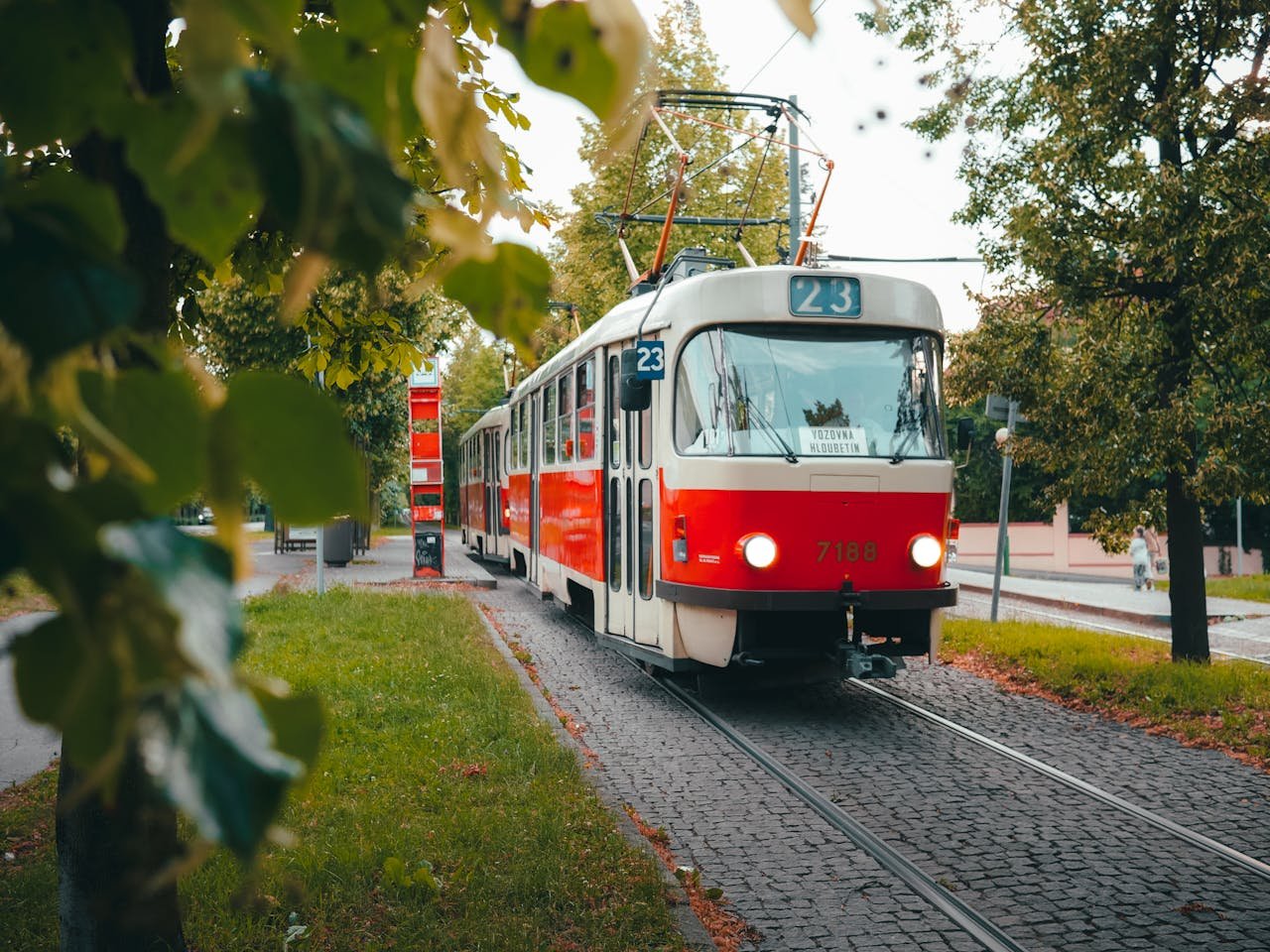
Accommodation Strategies
Hostels aren’t just for 20-year-old backpackers anymore. Many offer private rooms, and the common areas can be great for meeting fellow travelers. Plus, hostel staff usually offer the best local recommendations.
Airbnb works well for longer stays or when you want apartment-style amenities. But be aware that some cities (looking at you, Barcelona) have restrictions that can affect availability and pricing.
Hotels offer consistency and service, but European hotel rooms can be notably smaller than American standards. Book directly with hotels when possible—they often match online prices and throw in perks like free breakfast or room upgrades.
Regional Deep Dives: Europe by Area
Scandinavia: Expensive but Worth It
Norway, Sweden, and Denmark are pricey—there’s no getting around it. A beer in Oslo costs more than most people spend on lunch. But the quality of life, the natural beauty, and the design aesthetic make it worthwhile if you can swing the budget.
Copenhagen combines hygge culture with world-class dining. Stockholm spreads across 14 islands and offers some of Europe’s best museums. Oslo punches above its weight with contemporary architecture and surprisingly good food scene.
The key to Scandinavia is embracing the expense rather than fighting it. Budget for fewer restaurant meals but higher quality experiences. Pack layers for unpredictable weather. And definitely visit during summer when daylight stretches impossibly long.
Eastern Europe: Maximum Value, Maximum Charm
Prague, Budapest, and Krakow offer western European beauty at eastern European prices. These cities have been “discovered” by tourists in recent years, but they’re still significantly more affordable than their western counterparts.
Prague’s old town feels almost too perfect, like a movie set. Budapest’s thermal baths provide a uniquely relaxing experience you can’t replicate elsewhere. Krakow serves as a gateway to both cultural experiences and sobering historical sites.
The food in this region is hearty, affordable, and often overlooked by food media. Czech beer is legitimately excellent and costs less than bottled water in some western European cities.
The Mediterranean: Sun, Sea, and Sangria
Spain, Italy, Greece, and southern France offer the Europe experience most people dream about: warm weather, incredible food, beautiful coastlines, and a pace of life that actually allows for enjoyment.
The Greek islands each have distinct personalities. Santorini is Instagram-famous for good reason, but it’s also crowded and expensive. Naxos offers similar beauty with fewer crowds. Mykonos is party-focused, while Crete combines history with beaches.
Italy’s coastal regions—the Amalfi Coast, Cinque Terre, Sicily—require more planning but reward with experiences that justify the effort. Spain’s Costa del Sol can feel overdeveloped, but cities like San Sebastián offer sophisticated beach culture.
Food and Culture: Eating Your Way Through Europe
One of Europe’s greatest gifts is how dramatically food cultures change within relatively short distances. Italian cuisine varies significantly between regions—Bolognese sauce in Rome is tourist food, but in Bologna, it’s religion. French cheese knowledge could fill university courses. Spanish tapas culture varies between cities.
My approach has evolved from trying to eat “authentically” everywhere to simply eating well wherever I am. Sometimes that means splurging on a Michelin-starred experience, sometimes it means grabbing the best döner kebab at 2 AM in Berlin.
European markets deserve special mention. La Boquería in Barcelona, Borough Market in London, Marché des Enfants Rouges in Paris—these aren’t just food shopping, they’re cultural experiences. Arrive early, bring cash, and don’t be afraid to point at things you can’t pronounce.
Making the Most of Museums and Attractions
Museum passes can save significant money in major cities. The Paris Museum Pass, Roma Pass, and similar city cards often include public transportation and skip-the-line access, which can be worth more than the monetary savings.
Booking ahead is increasingly necessary for major attractions. The Sistine Chapel, Sagrada Família, and Uffizi Gallery all require advance tickets during peak season. This feels less spontaneous, but it beats standing in line for three hours.
Free museum days exist in most European cities, but they’re often crowded beyond enjoyment. Early morning visits or late afternoon timing can provide better experiences than saving €10 on admission.
Common European Travel Mistakes (I’ve Made Most of These)
Over-packing itineraries: That ambitious plan to see seven countries in two weeks sounds exciting until you’re exhausted in week one. Europe isn’t going anywhere; it’s better to see fewer places well than many places poorly.
Ignoring regional differences: Assuming all of Italy is like Rome, or that southern Spain resembles northern Spain, leads to missed opportunities and wrong expectations. Europe’s diversity is part of its appeal.
Underestimating walking: European cities are built for walking, but they’re also built on hills with cobblestone streets. Comfortable shoes aren’t just recommendations, they’re survival tools.
Currency confusion: Not every European country uses euros. Switzerland, Norway, UK, Czech Republic, and others maintain their own currencies. Research this beforehand to avoid ATM surprise fees.
Tipping misunderstandings: European tipping culture varies significantly by country and situation. Research local customs to avoid over-tipping (common American mistake) or under-tipping (can be genuinely offensive in some contexts).
Technology and Practical Planning
European SIM cards or international plans are worth the investment. Getting lost without GPS in medieval city centers isn’t romantic—it’s frustrating and time-consuming.
Electrical adapters are necessary. European outlets differ from American standards, and not all adapters work with high-powered devices like hair dryers.
Banking notifications prevent your credit cards from being frozen when you start making purchases in foreign countries. This seems obvious but trips up surprisingly many travelers.
Seasonal Considerations and Special Events
Europe’s festival calendar could fill its own guide. Edinburgh Fringe in August, Oktoberfest in Munich, Christmas markets throughout Germany and Austria, La Tomatina in Spain—these events can define trips or completely overwhelm cities.
Research major events in your planned destinations. Sometimes you want to plan around them (Christmas markets are genuinely magical), sometimes you want to avoid them (Edinburgh during Fringe is crowded and expensive).
Weather in Europe can be unpredictable. London rain is famous for good reason. Mediterranean summers can be brutally hot. Scandinavian winters are seriously dark. Pack layers and rain gear regardless of season.
Budget Planning: Making Your Euro Go Further
European travel costs vary dramatically by destination, season, and travel style. A budget that works for eastern Europe will leave you eating instant noodles in Switzerland.
Daily budgets by region:
- Scandinavia: €100-150+ per day
- Western Europe: €60-100 per day
- Eastern Europe: €30-60 per day
- Southern Europe: €50-80 per day
These are rough estimates including accommodation, food, and attractions. Your mileage will vary based on choices and priorities.
Money-saving strategies that actually work:
- Lunch specials instead of dinner at expensive restaurants
- Grocery shopping for some meals
- Walking instead of constant taxi/Uber use
- City tourism cards for multiple attraction visits
- Shoulder season travel when possible
Conclusion: Your European Adventure Awaits
After all this advice and these recommendations, here’s what I really want you to remember: Europe is incredibly forgiving to travelers. You’ll make mistakes (I still do), you’ll get lost (GPS helps, but isn’t foolproof), and you’ll probably spend too much money on at least one meal that doesn’t live up to expectations.
None of that matters because Europe has this remarkable ability to create moments you didn’t plan for. The best European travel memories often come from the unscheduled detours, the conversations with locals, the discoveries you make when your original plan falls apart.
So yes, plan enough to have a framework. Book your accommodations and major attractions. Research transportation options. But leave room for spontaneity, because that’s where Europe really shines.
Whether you’re drawn to the art museums of Florence, the nightlife of Berlin, the fairy tale castles of Bavaria, or the beaches of Croatia, Europe offers versions of itself for every type of traveler. The continent has been perfecting hospitality for centuries—let it work its magic on you.
Pack comfortable shoes, bring a good camera, and prepare for a continent that will almost certainly exceed your expectations. Europe isn’t just a destination; it’s a collection of experiences waiting to reshape how you see the world and maybe how you see yourself.
Safe travels, and remember—every expert European traveler was once exactly where you are now, looking at a map and wondering where to start.
Frequently Asked Questions
Question: When is the best time to visit Europe for good weather and fewer crowds? Ans: Late spring (April-May) and early fall (September-October) offer the ideal combination of pleasant weather, manageable tourist crowds, and reasonable prices. Summer provides the warmest weather but comes with peak crowds and higher costs.
Question: How much money should I budget for a European trip? Ans: Budget requirements vary significantly by region: Eastern Europe requires €30-60 per day, Western Europe needs €60-100 daily, while Scandinavia demands €100-150+ per day. These estimates include accommodation, meals, and major attractions.
Question: Do I need a visa to visit European countries? Ans: US citizens can visit most European countries visa-free for up to 90 days within a 180-day period under the Schengen Agreement. However, starting in 2024, ETIAS authorization will be required for visa-free travel to Schengen countries.
Question: What’s the most efficient way to travel between European cities? Ans: European trains offer the best combination of convenience, speed, and city-center connectivity. Eurail passes provide flexibility for multi-country trips, while budget airlines work well for longer distances when you factor in total travel time and costs.
Question: Should I exchange money before traveling to Europe or use ATMs there? Ans: ATMs typically offer better exchange rates than airport currency exchanges. Notify your bank about travel plans, and consider bringing a small amount of euros for immediate needs upon arrival.
Question: What are the most important cultural differences to know when visiting Europe? Ans: Tipping customs vary by country (generally 10-15% in restaurants where service charge isn’t included), many shops close on Sundays, dinner times are typically later than in the US, and public transportation etiquette is taken seriously.
Question: How many countries can I realistically visit in a two-week European trip? Ans: Focus on 3-5 countries maximum for a two-week trip. Spending 3-4 days in each destination allows for meaningful exploration without constant packing and travel stress. Quality over quantity creates better memories.
Question: What should I pack for a European vacation? Ans: Pack comfortable walking shoes (essential for cobblestone streets), layers for unpredictable weather, a universal electrical adapter, and dress clothes for nicer restaurants and religious sites. Europeans generally dress more formally than Americans.
Question: Are European cities safe for solo travelers? Ans: Most European cities are very safe for solo travelers, including women. Standard precautions apply: be aware of your surroundings, avoid excessive alcohol consumption alone, and research any specific safety considerations for your chosen destinations.
Question: What’s the best way to stay connected while traveling in Europe? Ans: International phone plans, European SIM cards, or portable WiFi hotspots all work well. Many cafes, restaurants, and accommodations offer free WiFi. Download offline maps before traveling to avoid data charges for navigation.
Top Travel Recommendations and Resources
Booking Platforms:
- Booking.com – Comprehensive accommodation booking with excellent cancellation policies and user reviews
- Eurail.com – Official European rail pass provider with flexible multi-country options
Transportation: 3. Trainline – Easy European train ticket booking with mobile tickets and real-time updates 4. FlixBus – Budget-friendly bus network covering most European destinations 5. Skyscanner – Flight comparison tool for finding budget European airline deals
City Passes and Attractions: 6. Paris Museum Pass – Access to over 60 attractions with skip-the-line privileges 7. Roma Pass – Rome’s official city card including public transport and major attractions 8. Berlin Welcome Card – Transportation and museum discounts for Germany’s capital
Accommodation Options: 9. Hostelworld – Reliable hostel booking platform with verified reviews and social features 10. Airbnb – Apartment and unique accommodation rentals across European cities
Food and Dining: 11. OpenTable – Restaurant reservations for upscale European dining experiences 12. Local food tours – City-specific walking food tours available in major European destinations
Money and Banking: 13. Charles Schwab Debit Card – No foreign transaction fees and ATM fee reimbursements worldwide 14. Wise (formerly TransferWise) – Multi-currency travel card with excellent exchange rates
Travel Insurance: 15. World Nomads – Comprehensive travel insurance covering medical emergencies and trip cancellations
Navigation and Language: 16. Google Translate app – Offline translation capabilities and camera translation features 17. Citymapper – Superior public transportation app for major European cities 18. Rome2Rio – Transportation option comparison for complex European route planning
Cultural Experiences: 19. GetYourGuide – Local tours and unique experiences across European destinations 20. Viator – Cultural tours and skip-the-line attraction tickets

